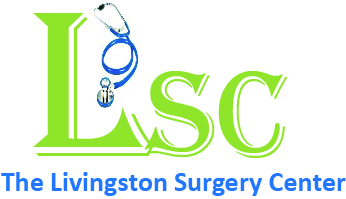Corneal Dystrophy
Overview
Corneal dystrophies are genetic eye disorders that occur when abnormal material gathers in the cornea. Examples include macular corneal dystrophy, map-dot-fingerprint dystrophy and Fuchs’ dystrophy. You can learn more at The Corneal Dystrophy Foundation.
Warning Signs & Symptoms
Some corneal dystrophies cause no symptoms at all, while others cause significant vision loss.
The dystrophies that do damage to the eye are often associated with corneal erosion, which can cause:
- Pain
- Sensitivity to light
- Blurred vision
- The sensation that there is a foreign body in the eye
Most forms of corneal dystrophy affect both eyes, progress very slowly and are related to genetics.
Treatment/Procedures
Treatments vary, but if you are diagnosed, regular care from your eye doctor is the most effective way to monitor the progression of the disorder.
If symptoms are not present, treatment may not be required. In other cases, eye drops or ointments may be necessary.
For those with advanced symptoms, a corneal transplant may be required.
Prevention
Corneal Dystrophies are genetic and, therefore, are not preventable. Genetic counseling is available for affected families.
